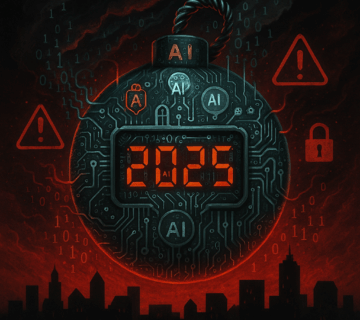
AI Data Breach Statistics 2025
"AI Data Security Crisis 2025," explains that while AI tools offer significant productivity gains, they also pose a substantial risk, creating the largest data security crisis in corporate history. Ninety-nine percent of organizations have sensitive data exposed to AI tools, making data breaches a certainty rather than a possibility. This vulnerability stems from AI's insatiable appetite for data and its ability to access sensitive information beyond its intended scope, leading to both human-to-machine and machine-to-machine risks. The article stresses the urgency of implementing a three-pillar strategy for AI data security: blast radius reduction, continuous monitoring and governance, and leveraging AI-powered security solutions. It also outlines a comprehensive implementation roadmap, emphasizing the need for professional technical support to assess vulnerabilities, implement tailored solutions, and provide ongoing monitoring and compliance management. The text concludes by asserting that investing in AI data security is crucial, as the cost of inaction far outweighs the investment in protective measures. ... Read More